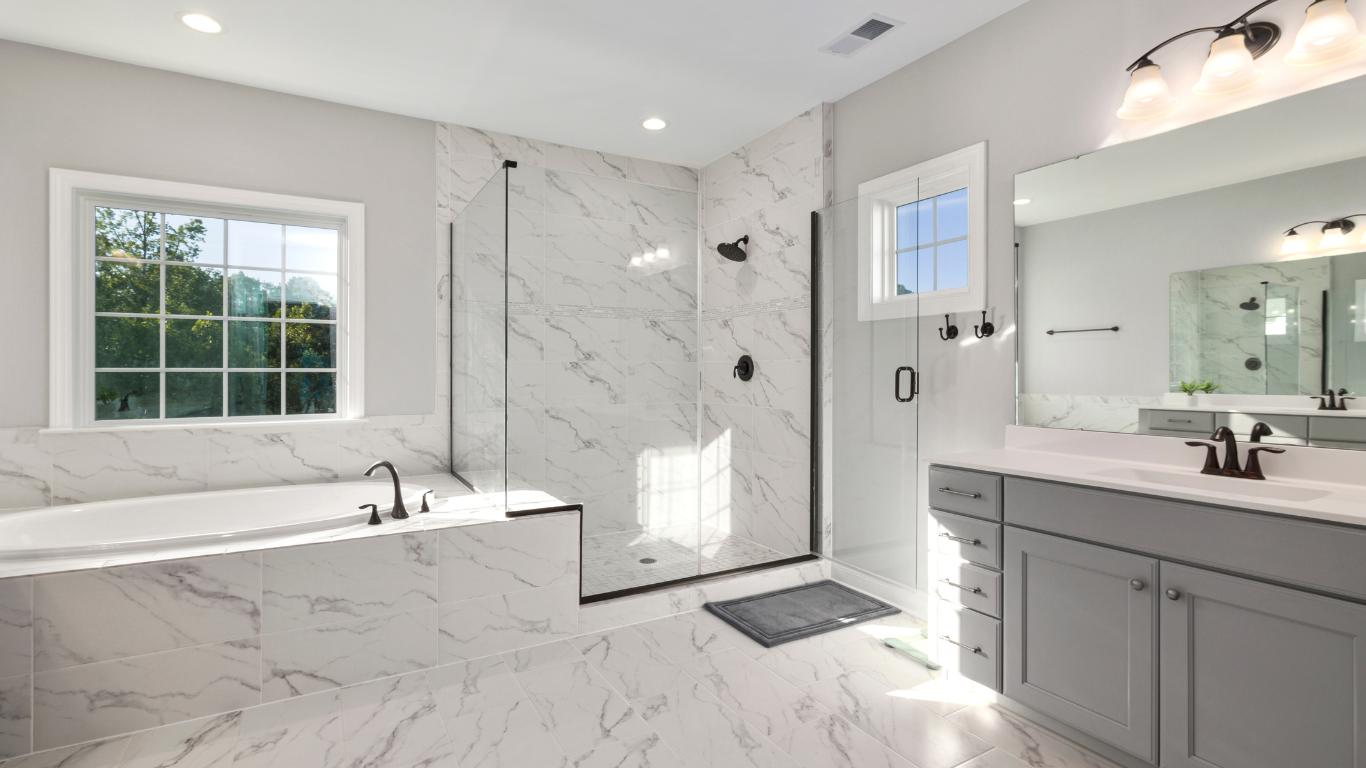
February 29, 2024
Tuckpointing Chciago, IL – Elevating Home Energy Efficiency and Reducing Costs
Tuckpointing Chicago, while often overlooked, is crucial for not only preserving the visual and structural integrity of homes with brick or stone but also for significantly enhancing their energy efficiency. This meticulous process involves removing aged, deteriorated mortar from between masonry joints and replacing it with new, fresh mortar. Although tuckpointing is widely recognized for its aesthetic restoration benefits, its impact on improving a home’s insulation and sealing capabilities against air and moisture penetration is equally significant.
Tuckpointing’s Role in Energy Efficiency
The essence of tuckpointing’s contribution to energy efficiency lies in strengthening the home’s envelope—its protective barrier against external elements. Mortar deterioration, manifesting as cracks or looseness, can lead to air leakage. These issues, while seemingly minor, can have a substantial impact on the home’s thermal regulation.
Air leakage can lead to increased energy consumption; during summer, it allows cool air to escape, overburdening air conditioning systems. In winter, the loss of warm air through these leaks forces heating systems to work harder, thus increasing energy expenditures. Tuckpointing addresses these leaks, enhancing the home’s ability to maintain a consistent temperature, which directly translates into reduced energy consumption and lower utility bills.
Economic Advantages of Tuckpointing
Tuckpointing strengthens the thermal envelope of your home, leading to a direct decrease in the reliance on heating and cooling systems. This reduction in energy demand results in noticeable savings on utility bills. Furthermore, by preventing moisture entry, tuckpointing helps avert potential damage from mold growth and wood decay, saving homeowners from expensive repairs and contributing to a healthier living space.
Identifying the Need for Tuckpointing
Recognizing when your home requires tuckpointing is key to harnessing its energy-saving potential. Indicators include:
- Cracks or voids in the mortar: These can significantly contribute to air leakage.
- Deteriorated, powdery mortar: Indicates a loss of the mortar’s binding capability.
- Wobbly bricks or stones: Suggests that the masonry’s structural stability is compromised.
- Interior dampness or water marks: Signifies that external moisture is penetrating through failed mortar.
Spotting these signs suggests that tuckpointing might be necessary to boost your home’s energy efficiency.
Hiring a Competent Tuckpointing Specialist
The precision and expertise required for tuckpointing necessitate hiring a skilled professional. Look for a contractor with a solid reputation for quality, ask for before-and-after project photos, and ensure they have the proper licensing and insurance. An experienced professional will assess the damage, recommend a remedial strategy, and use materials that aesthetically match the existing mortar, ensuring both functional and visual integrity.
Beyond aesthetic improvement and structural reinforcement, tuckpointing is instrumental in enhancing the energy efficiency of your home. By filling in gaps and cracks in the masonry, it helps maintain stable indoor temperatures, lightens the load on HVAC systems, and leads to significant savings on energy bills. If your home shows signs of needing masonry repairs, considering tuckpointing is a wise investment towards a more energy-efficient and economically friendly home.



